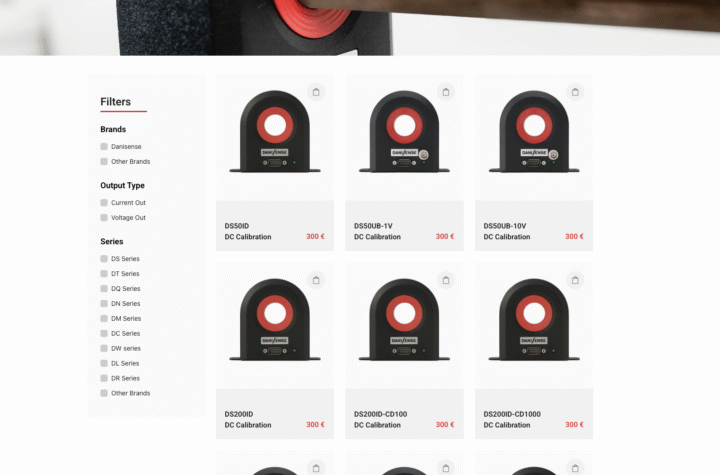
Among contenders in the race to achieve higher car and light truck fuel efficiency levels is a unique gasoline injection ignition engine combustion system being development at Transonic Combustion, Camarillo, California, that promises 30% gain compared with current gasoline engine technology (65 mpg FTP for 3200 lb car with 2.2L engine was reported last year). The highly regarded venture capitalist, Vinod Khosla formed Transonic and is aided by the famous automotive executive, Bob Lutz as a Transonic director.
AUTOMOTIVE INDUSTRIES reported the Transonic development last year and follows up here by way of an interview with the firm’s President & CEO Wolfgang Baullmer, VP Engineering Michael Frick and VP R&D Chris deBoer.
The term “Injection ignition” is used by Transonic since it refers to an engine system with diesel like compression ignition yet designed to burn gasoline thanks to Transonic’s unique super critical fluid (heated) fuel injection. It is effectively part of the long term merger of Otto and Diesel engine technologists anticipated in one form or another for many years. It is not related to the HCCI system that employs both spark and compression ignition.
In the Transonic system, gasoline heated to about 700F is injected at 200 bar directly into the combustion chamber at the piston’s top dead center position. The injected hot fuel gasifies and ignites instantly with a very high degree of thermal utilization for high energy efficiency and minimal engine out emissions. The developers point to their ability to use a simple NOx trap rather than complex selective catalytic reduction. The need for control of engine out HC & CO is said to me minimal.
At the heart of the Transonic success is a feature the firm did not discuss in any detail during the interview but was perhaps revealed in a Transonic patent obtained some time ago that refers to “catalyzing fuel in the injectors and a unique design of the injector pressurizing ram and nozzle and direct drive shaft which flushes out deposits.”
The virtues of injected heated fuel have been understood for many years but the injector deposit problem was apparently not mastered until Transonic took up the challenge. Success dealing with this perhaps explains at least in part why the firm does not plan to license its technology but rather will make and supply injector systems for auto makers of which it is now working with 6 firms; most of whom are said to be off-shore. Transonic fuel injection for a 4-cylinder engine is expected to cost about $1000 with first use planned in 2015
Current rpm range of Transonic system engines is 750 to 3500 rpm which the firm is working to expand although this range is said to cover normal vehicle operation. The approach to injector warm up time prior to starting could not be learned but if it is similar to current diesel glow plug cold start characteristics, it would presumably not be a limiting factor
Asked whether the system could be configured for use of diesel fuel, the Transonic people said yes but have chosen to focus on gasoline since the price of diesel
fuel and gasoline are converging in Europe. In parts of the EU, diesel is now more expensive. At deadline for this report, U.S. diesel fuel on average was reported to be
20 cents/gal more than gasoline with expectations the trend will hold or continue in this direction. Diesel fuel, however, contains about 10% more energy than gasoline.
Surely a major part of new age car fuel efficiency gains will come from new technology IC engines; some with variations in use of traditional terms such as diesel like injection ignition with gasoline and other deviations from common practice. Improved fuel efficiency now said to be achieved by traditional diesel engines yet with reduced compression ratio and spark ignition engines with uncommonly high compression ratios will soon be in production.
Transonic’s gasoline injection ignition system is applicable to all segments of the car and light truck market including emerging ultra economy 3-cyl engines expected to be a fast growing market segment. Efforts to introduce ultra economy cars are speeding up in the count down to the proposed 54.5 mpg standard for cars to begin in 2025. In this connection it must be realized that 54.5 mpg FTP translates into 43.6 mpg for the window sticker advertised value(according to EPA) which in turn is subject to further reduction from proposed credits to be earned by auto makers for added fuel economy of low rolling resistance tires, stop-start systems, shutter controlled cooling air, solar energy roof panels and other things.
Another aspect of the situation is Vinod Khosla’s venture, EcoMotors, which is teamed with Navistar for the development of a unique opposed 2-stroke diesel engine that weighs 50% less vs. conventional engines; aimed at the light truck market. A version with switchable half engine operation on demand provides very high fuel efficiency at low loads which may in time be further enhanced with the Transonic gasoline injection ignition combustion system.
Now that higher efficiency IC engines are in the race, perhaps more focus will be put on drop-in non-food bio fuels. A major step in this direction is the USDA/ DOE/Navy team effort with $510 million offered in matching funds for U.S. industry to get under way with domestic source non-food bio fuel production capacity including the prospect for low carbon drop-in fuel made from biomass pyrolysis oil. At stake are U.S. national security and financial health which have become over stressed from sourcing energy for motor fuel from off-shore.











More Stories
Avery Dennison PSA tapes support rapid evolution of EV batteries
Speira brings research, politics and business case makers together
Automotive Industries (AI) Newsletter April 2025